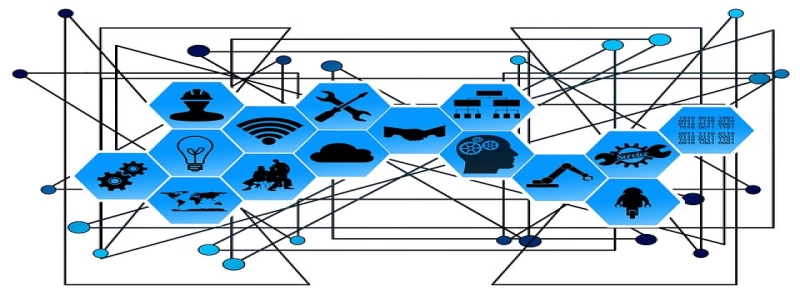USB Transceiver
介紹:
The USB transceiver is a critical component in the USB interface, enabling the communication between a USB device and a host controller. This article provides a detailed explanation of the USB transceiver and its various functions.
我. What is a USB Transceiver?
A USB transceiver, also known as a USB PHY (Physical Layer) or USB interface controller, is an integrated circuit that facilitates the transmission and reception of USB signals. It acts as a bridge between the USB device and the host controller, ensuring reliable and high-speed data transfer.
第二. Main Functions of a USB Transceiver:
1. Signal Encoding and Decoding:
The USB transceiver is responsible for converting the digital data from the USB device into an analog signal suitable for transmission over the USB cables. It also decodes the received analog signals back into digital data for the USB controller.
2. Differential Signaling:
USB transceivers use differential signaling to transmit data over the USB cables. This technique improves signal quality, reduces noise, and increases the overall reliability of data transmission.
3. Clock Generation:
The USB transceiver generates the appropriate clock signals required for synchronization between the USB device and the host controller. This ensures that data is transmitted and received accurately.
4. USB Voltage Level Shifting:
USB devices often operate at different voltage levels than the host controller. The USB transceiver performs voltage level shifting to ensure compatibility and seamless communication between devices that operate at different voltage levels.
第三. Types of USB Transceivers:
1. Full-Speed USB Transceiver:
This type of USB transceiver is designed for Full-Speed USB devices, which support data rates of up to 12 Mbps. It is commonly used in peripherals such as keyboards, mice, and printers.
2. High-Speed USB Transceiver:
High-Speed USB transceivers enable data rates of up to 480 Mbps, making them suitable for devices that require faster data transfer, such as external hard drives and flash drives.
3. SuperSpeed USB Transceiver:
The SuperSpeed USB transceiver is used in devices that support USB 3.0 or higher. It provides data transfer rates of up to 5 Gbps嘅, making it ideal for high-bandwidth applications like video streaming and large file transfers.
四. Importance of USB Transceiver in USB Communication:
The USB transceiver plays a crucial role in ensuring reliable and efficient communication between USB devices and host controllers. Without a properly functioning transceiver, data transfer may be slow, prone to errors, or even impossible. It acts as the interface between the physical USB connection and the digital data transmitted between devices.
結論:
The USB transceiver is an essential component in the USB interface, enabling seamless communication between USB devices and host controllers. Its functions include signal encoding and decoding, differential signaling, clock generation, and voltage level shifting. Different types of USB transceivers cater to varying data transfer speeds. Understanding the importance of the USB transceiver helps ensure the smooth operation of USB devices and efficient data transfer.








